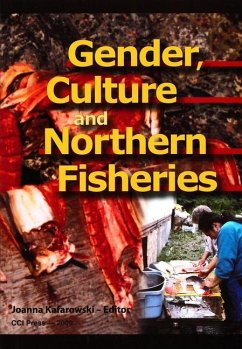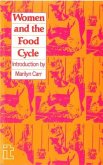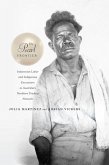Fishing often makes an important contribution to food security in northern regions, where agriculture is impossible or marginal at best, as well as providing important occupational and economic diversification in small and often remote communities. In such locations the high cost and often low nutritional value of imported foods can be offset by fishing, hunting and gathering activities that contribute significantly to peoples' socio-economic circumstances and health. In some societies, fishing is regarded as women's work, but in far more cases it is considered to be men's work. The conventional recognition of the primary role of men in fish harvesting often results in men's knowledge being the principal (or only) source of important local knowledge considered by fisheries' managers and decision-makers. The resulting under-representation of women's knowledge may compromise the quality of management decision-making, suggesting the desirability of including knowledge obtained by women more especially during the processing and food-preparation phases of product use. This book provides the reader with a current accounting of the generally under-recognized role of women in a variety of northern subsistence and industrial fisheries, both aboriginal and non-aboriginal, rural- and urban-based, in Alaska, Arctic Canada, Iceland, Norway and Sweden. The authors draw attention to the need for a more critical understanding of the emphasis often placed on hunting and associated male dominance in food production in northern societies. Whereas the representation of men as hunters (and fishers) and women as gatherers and food-preparers is all too commonly encountered in the literature, this collection argues that fishing as an activity may be much more ambiguous and nuanced than previously considered, and increasingly so as modernization further alters customary social roles and attitudes. Today (and almost certainly continuing into the future), the occupational opportunities available to more highly-educated rural residents offer a wider range of choices with respect to work, place of residence, and lifestyle, suggesting that it is unwise to seek to predict how the changing roles of women in fisheries will appear in the future. This volume tests a number of assumptions and prior conclusions in respect to gender and fisheries, and indeed, of gender relations more generally, and in so doing provides useful information and insights that inform current understandings of these northern societies and social identities, as well as very likely stimulating future research. Chapters by: Katherine Reedy-Maschner; Virginia Mulle and Sine Anahita; Martina Nyrrell; Anna Karlsd?ttir; Kerrie-Ann Shannon; Melissa Robinson, Phyllis Morrow, and Darlene Northway; Siri Gerrard; Joanna Kafarowski; Maria ?den; Elina Helander-Renvall; Elisabeth Angell; Gunhild Hoogensen








